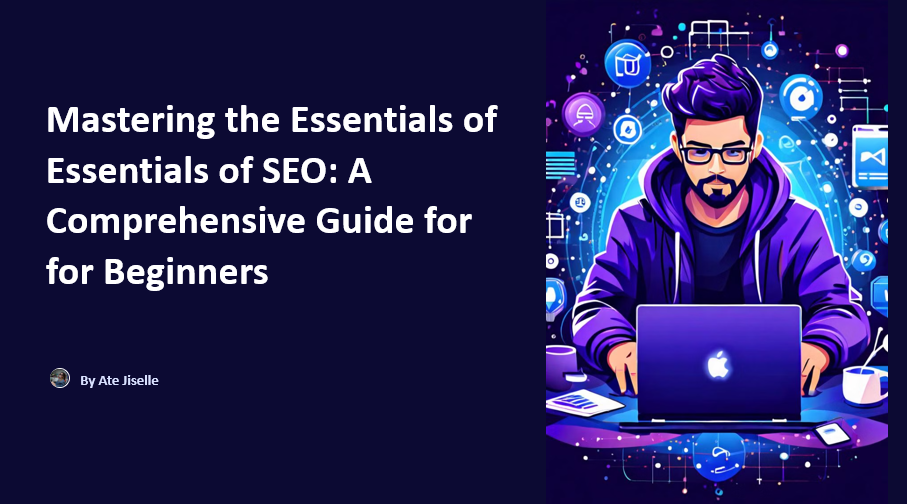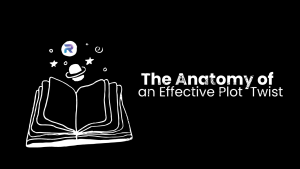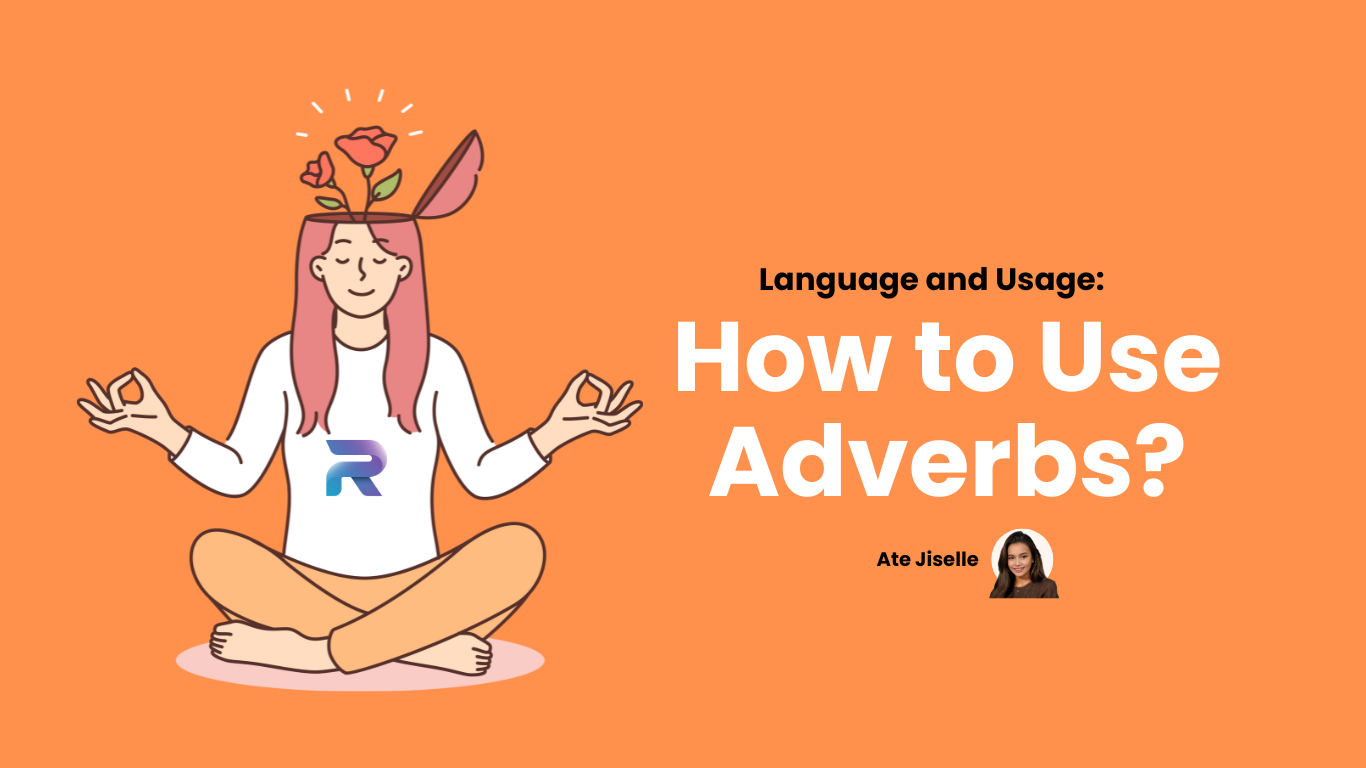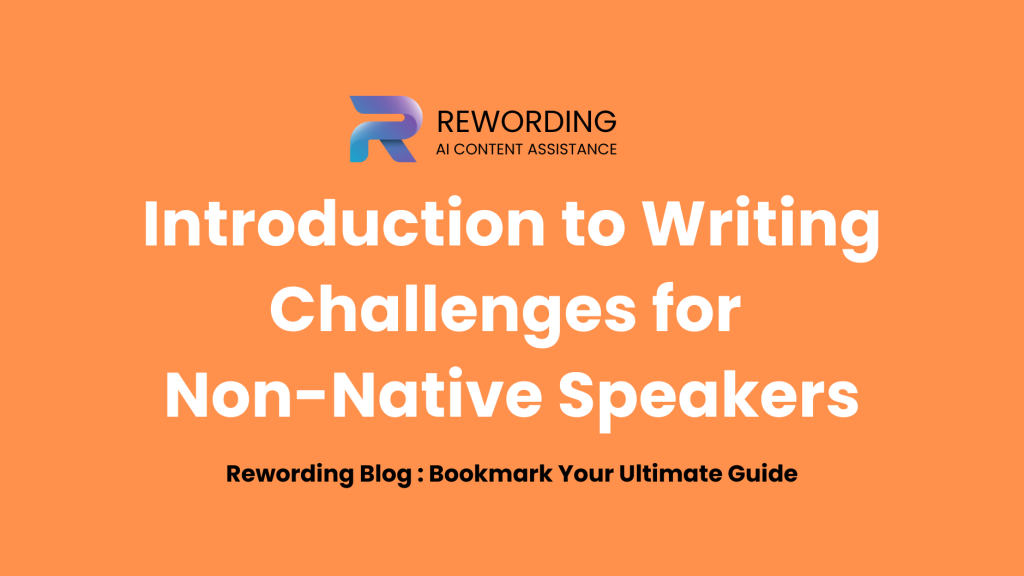The Role of AI Detectors in Upholding Academic Integrity
AI Content Detector 💻: The Role of AI Content Detector in Upholding Academic Integrity
In the digital era, the integrity of academic work is more crucial than ever. With the rise of AI tools capable of producing complex written content, distinguishing between human and AI-generated work has become a significant challenge. An AI content detector is essential in this context. AI content detectors play a vital role in preserving the authenticity of scholarly work. These technologies, including AI text detectors, ChatGPT detectors, and GPT detectors, ensure that content credited as human-generated is authentic, maintaining the credibility of academic institutions. This article explores the dual role of AI content detectors in both safeguarding and potentially undermining academic integrity while recognizing the positive impact AI can have on creative processes. For more insights, visit Rewording.io, a leading platform in AI detection and content enhancement Rewording.

I. Overview of AI Content Detectors
What Are AI Content Detectors?
AI content detectors are advanced software systems designed to differentiate AI-generated content from human-created material. By analyzing linguistic patterns and other textual features, these tools can identify the subtle signatures that AI leaves behind. This capability is crucial for maintaining transparency and trust in academic submissions and publications.
Types of AI Content Detectors
Different AI content detectors serve various purposes:
- AI Content Detectors: These tools scan larger bodies of text for signs of AI authorship, useful for screening research papers and articles.
- AI Text Detectors: Focused on smaller text blocks, such as essays and reports, these detectors are essential for teachers and professors in academic settings.
- ChatGPT and GPT Detectors: Specifically designed to spot content generated by OpenAI’s models, these detectors are becoming increasingly important as these models become more widely used in educational contexts.
Follow Rewording.io on Instagram to stay updated with the latest on AI detection technologies RewordingInstagram.
II. Benefits of AI Content Detectors in Academia
Preventing Academic Dishonesty
One of the primary benefits of AI content detectors is their role in combating academic dishonesty. As AI writing tools become more sophisticated, the temptation for students to substitute AI-generated work for their own increases. By effectively identifying such content, AI detectors help enforce academic policies and uphold standards of integrity.
Enhancing Creativity and Inspiration
Contrary to concerns about stifling creativity, AI content detectors can actually catalyze creative thought and support the writing process. For instance, educators can use AI to demonstrate writing techniques or explore different perspectives on a topic before students begin their own assignments. This approach enhances the educational experience by providing diverse insights and fostering a deeper understanding of the subject matter.
III. Potential Risks and Challenges
False Positives and Dependence
While AI content detectors are invaluable, they are not without their flaws. False positives can unfairly penalize students, and an over-reliance on these tools might inhibit the development of critical thinking and personal verification skills. It’s essential for educational institutions to balance the use of AI detectors with human oversight to avoid these pitfalls.
Ethical and Privacy Concerns
The deployment of AI content detectors must be handled with sensitivity to ethical and privacy issues. The potential for surveillance and data misuse is a concern that institutions must address transparently. Ensuring that students and faculty understand how AI detectors work and are used is crucial for maintaining an environment of trust.
IV. Implementing AI Content Detectors Effectively
Best Practices for Deployment
Effective implementation of AI content detectors requires thoughtful planning. Institutions should introduce these tools transparently, providing comprehensive training to both educators and students. Regularly updating the community about how the tools are used and adapting to feedback ensures that their deployment enhances academic integrity without undermining trust.
Balancing Human Oversight with AI Assistance
Integrating AI content detectors should never replace human judgment; instead, they should complement it. Educators should use AI detectors as one of many tools in their arsenal to assess student work, ensuring that the final judgment on a piece’s authenticity and quality remains a human responsibility.
AI content detectors are indispensable for maintaining the integrity of academic work in the digital age. However, their use must be balanced with efforts to enhance human creativity and ensure ethical practices in educational settings. By fostering a collaborative approach to technology integration, educational institutions can leverage these tools to enhance both integrity and innovation.
For further details on using AI content detectors effectively in academic settings, visit Rewording.io.



 Google Search Console
Google Search Console Yoast SEO
Yoast SEO

























